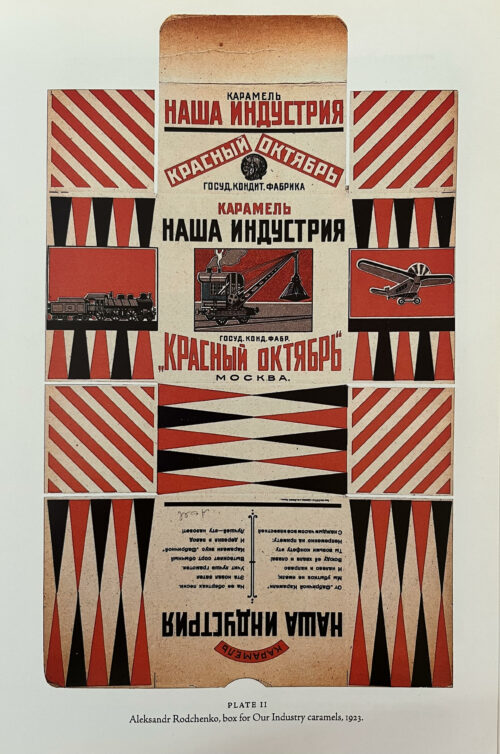2C books reading group 01: Christina Kiaer, Boris Arvatov’s Socialist Objects
22 August 2024

reading group meeting: 22 August from 6:30 – 7:30 PM
2C books / Margninal Utility is proud to announce the first of our reading group series. The meeting will be led by the currently exhibiting artist Misha Wyllie.
Christina Kiaer: Boris Arvatov’s Socialist Objects (download)
Christina Kiaer’s essay presents Soviet theorist and critic Boris Arvatov’s work on the “socialist object” and Russian Constructivism to explore how art and design can align with the principles of socialism. Arvatov, according to Kiaer, argued that the role of art and design in a socialist society should be fundamentally different from its role in capitalist society. reviewing some of the ideas central to this theory: functionality, collective production, and socialist aesthetics and form. Arvatov believed that art should not be an isolated or purely aesthetic pursuit but should integrate seamlessly into the functional aspects of everyday life. In other words, art and design should be practical, useful, and directly connected to the needs of the community. Kiaer highlights how Arvatov emphasized the importance of collective production and collaboration over individual creativity, envisioning art and design as products of collective effort that can ultimately reflect the communal nature of society. She finds this structure in Arvatov’s theory of aesthetics, in which he argues for the rejection traditional, bourgeois notions of beauty and instead embracing forms and styles that represent and serve the values of the new social order. Lastly, for the choice of materials and the form of objects should be informed by their functional use and the needs of society, rather than by individual artistic preferences or capitalist considerations. In her analysis of Arvatov’s work, Kiaer she offers a compelling argument for Arvatov’s work as an attempt to “to redeem the utopian myth of social harmony” in socialist terms through his theory of a new kind of object, thereby offering a new framework for imaging what an art object is and does.